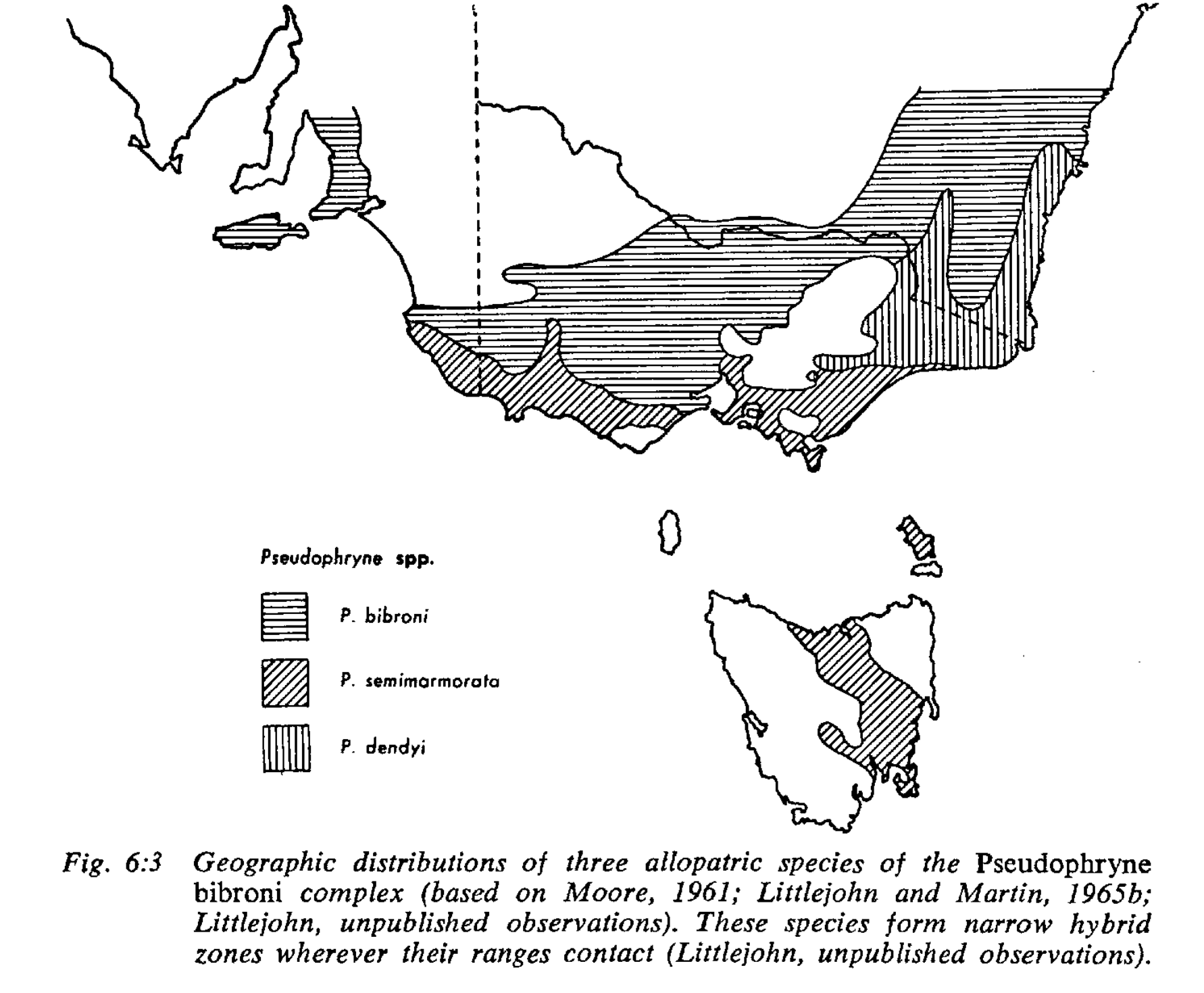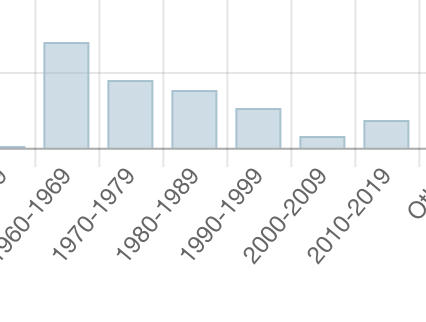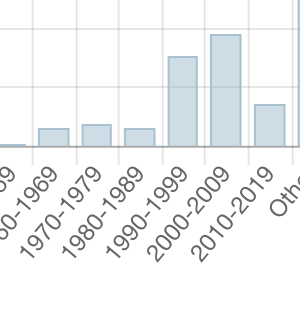Species, speciation ... and a new frog!

When I sighted a new frog at our little pond this week, I naively assumed that identification would be simple. After all, there are not that many species to choose from. Not in comparison to invertebrates, anyway. Australian has nearly 2000 species of native bees, but just 230 species of frogs. How difficult could this possibly be?!?
I really was feeling quite confident. I had close-up photos, including the belly. I'd recorded the frogs calling at the pond - and there was definitely a new call amongst the more familiar species. And the markings on this little frog were simply stunning ... this was no nondescript amphibian!
The photos above - our first and only sighting - were taken at night. This little female (?) was sitting on some slate tiles that we have alongside the pond. Unlike most frogs, she didn't hop away when I shone my light (and flash) on her. In fact, she was so placid that I was able to - carefully, with a fingertip - nudge her onto her back for a quick photo of that extraordinary belly!
I'm guessing that this is a gravid female, bulging belly full of eggs. There was a male calling from somewhere quite close by. When I returned to the pond a short time later, she was nowhere to be seen.
And then the fun began.
I quickly narrowed identification to the Pseudophryne genus. Frog field guides show two possibilities in this area – P. bibronii and P. dendyi. But they are very, very similar. Even their mating calls sound the same!
It was only after consulting with several ecologists and frog experts that I could identify it to species level with confidence ... Pseudophryne dendyi, Dendy's Toadlet.
The formation of a new species
Having received expert advice that our little frog is indeed P. dendyi, I then went trawling through the research literature to learn what I could about the species. It quickly became obvious why P. bibronii and P. dendyi are so difficult to tell apart. They are very, very closely related.
A paper by Littlejohn (1967)* describes the process which led to the separation of the two species. It is a familiar evolutionary tale of geographic isolation followed by divergence. The most remarkable aspect of this story is, to my mind, the time scale. It is a reminder of just how long it takes for new species to evolve, and just how old even our more 'recent' species are.
First, here is Littlejohn's map*, showing the 'modern' distribution of the three southern Pseudophryne species:
Littlejohn presents the following scenario for how P. dendyi came to be:
Around 75,000 years ago, during the last glacial period, populations of Pseudophryne bibronii became isolated from one another by the Eastern Highlands barrier.
The more coastal and southern group diverged. They still looked similar, but they did change. The glacial period started to decline from about 16,000 years ago, and the two groups made contact again – perhaps as long ago as 11,000 years. When they met, they did not merge back into a single species.
Other studies have shown that the two species can, and sometimes do, hybridise in the narrow zones where they overlap, such as in the Jervis Bay area. However, the second generation of such hybrids have lower breeding success**, and so there is no ongoing blending of the two species. They are indeed distinct species.
So P. dendyi is the new frog on the block. Yet it's probably been here for at least 10,000 years!
For me, this highlights why every species is incredibly precious. They are each the result of millennia of evolution and natural selection. We are privileged to live in such a species-rich world.
Once common, but now declining
P. dendyi is found throughout the south-east corner, along the coast and hinterlands from about Jervis Bay to eastern Victoria, and throughout the Snowy Mountains region.
Sadly, like so many frog species, P. dendyi numbers have crashed in recent years. It is likely that the frog chytrid fungus is at least partly to blame. I've been reading research from the late '70s, and it is clear that the species was then both widespread and numerous. Pseudophryne was the subject of several speciation studies at that time, and apparently the researchers could find P. dendyi with relative ease.
Sightings records on the Atlas of Living Australia provide a rough indication of how commonly particular species are encountered. These records include large, systematic survey data, museum collections, and the contributions of citizen science. Species identification is not always accurate. Nevertheless ...
(Litoria ewingii (Brown Tree Frog) and Crinia signifera (Common Froglet) are two of the species we see most commonly. The above charts are copied from the ALA.)
A brood frog!
Pseudophryne species are 'brood frogs'. They don't lay their eggs into water, but rather tucked away in nests among grass roots, fallen logs, or leaf litter. The eggs are large, and the tadpoles develop to quite an advanced stage within the egg ... then they wait. The next time rains lead to flooding of the nest, the tadpoles swim free.
It may be that somewhere alongside our little pond there is now a nest full of large P. dendyi eggs! The pond is surrounded by fallen logs and tussocks of vegetation which flood, briefly, whenever the pond breaks its banks ... so we hope to see and hear more of these special frogs in the future.
P. dendyi belongs to the same family as the rather famous Gastric-brooding frogs (Rheobatrachus spp.) - and to the same genus as the critically endangered Corroboree Frog (Pseudophryne corroboree).
References:
* Littlejohn, M. Patterns of Zoogeography and Speciation in South-eastern Australian Amphibia. In Australian Inland Waters and their Fauna: Eleven Studies. (1967). Weatherley, A.H. (ed.). Australian National University Press, Canberra. Access provided by the Open Research Repository, ANU.
** Woodruff, D. (1979). Postmating reproductive isolation in Pseudophryne and the evolutionary significance of hybrid zones. SCIENCE, 203(4390):561-563. Access provided by JSTOR.
Main, A.R., Lee, A.K. & Littlejohn, M.J. (1958). Evolution in three genera of Australian frogs. EVOLUTION, 12 (2): 224-233. Access provided by JSTOR.
Woodruff, D. (1976). Courtship, reproductive rates and mating system in three Australian Pseudophryne (Amphibia, Anura, Leptodactylidae). JOURNAL OF HERPETOLOGY, 10(4):313-318, Access provided by JSTOR.







